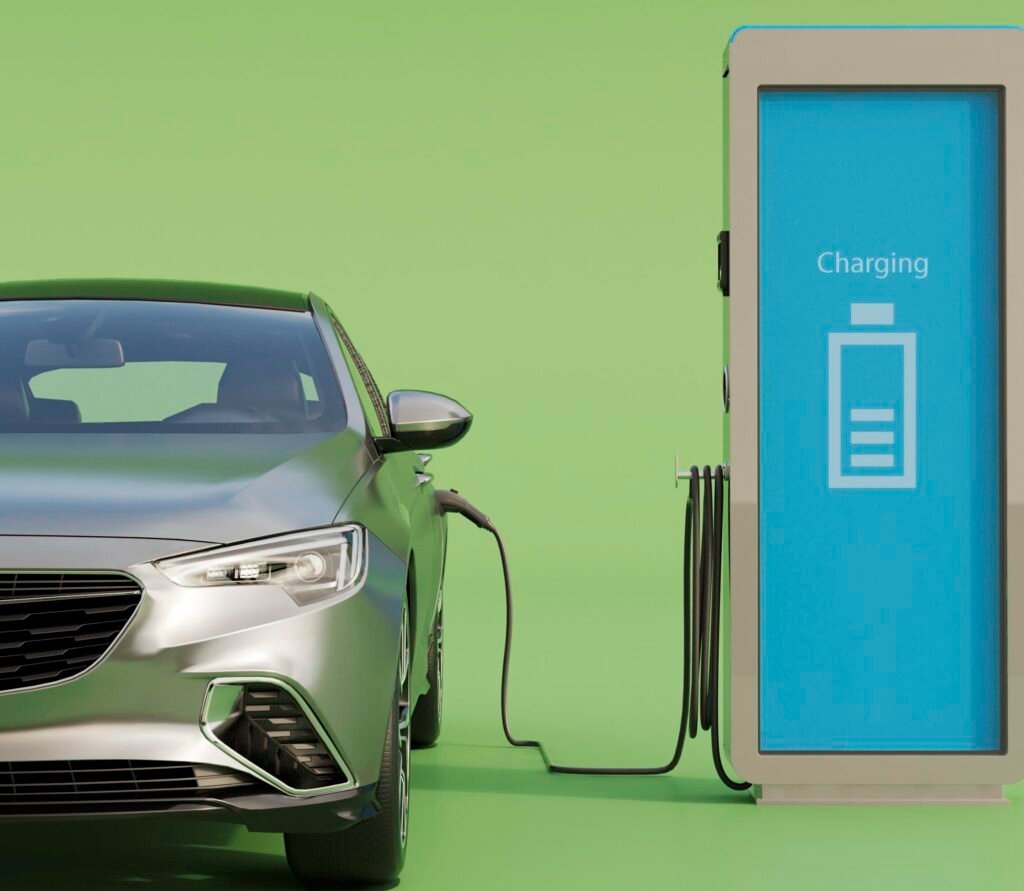
Table of Contents
ToggleIntroduction
Crypto mining has become a significant global industry, enabling decentralized networks like Bitcoin and Ethereum to function securely. However, one of the most pressing concerns surrounding crypto mining is its massive electricity consumption.
Cryptomining, the clearing of cryptocurrency transactions, uses large quantities of electricity. We document that cryptominers’ use of local electricity implies higher electricity prices for existing small businesses and households. Studying the electricity market in Upstate NY and using the Bitcoin price as an exogenous shifter of the part of the supply curve faced by the community, we estimate the electricity demand functions for small businesses and households. Based on our estimates, we calculate counterfactual electricity bills, finding that small businesses and households paid an extra $92 million and $204 million annually in Upstate NY because of increased electricity consumption from cryptominers.
However, the rapid growth of cryptocurrencies, especially Bitcoin, has raised significant concerns about energy consumption. One of the primary critiques centers on the massive electricity required to mine cryptocurrencies. This essay explores the electricity use in crypto mining, how it works, its environmental implications, and emerging solutions aimed at making the process more sustainable.
What is crypto mining?
Cryptocurrency mining is the process of verifying and adding new transactions to a blockchain, the decentralized ledger that underpins digital currencies. In proof-of-work (PoW) systems like Bitcoin and Ethereum (before its 2022 shift to proof-of-stake), miners use high-powered computers to solve complex mathematical problems. The first computer to solve the problem validates the transaction and adds a new block to the blockchain, receiving a reward in cryptocurrency.
These mathematical problems are intentionally difficult to ensure network security and decentralization. However, this difficulty requires miners to perform trillions of calculations per second, demanding substantial computational power—and, by extension, large amounts of electricity.
How Crypto Mining Consumes Electricity
Proof-of-Work (PoW) Mechanism
The PoW system requires miners to continuously run hardware to solve puzzles. As more miners join the network, the difficulty increases, leading to more competition and more energy usage. Computational Power: Mining requires specialized hardware like ASICs (Application-Specific Integrated Circuits) or GPUs (Graphics Processing Units), which consume vast amounts of electricity.
Competitive Nature: As more miners join the network, the difficulty of puzzles increases, requiring even more computational power and energy.
Energy Consumption Metrics
Bitcoin’s Annual Consumption: Estimates suggest Bitcoin mining consumes around 120-150 TWh per year, comparable to the energy usage of entire countries like Argentina or Norway.
Ethereum’s Shift to Proof-of-Stake (PoS): Ethereum, previously a major PoW blockchain, reduced its energy consumption by ~99.95% after transitioning to PoS in 2022.
Factors Contributing to High Electricity Use
Mining Hardware Efficiency
ASICs vs. GPUs: ASICs are more energy-efficient for Bitcoin mining but still consume significant power. GPUs, used for mining altcoins like Ethereum (pre-PoS), also require substantial electricity.
Older Equipment: Outdated mining rigs consume more power for the same output, increasing overall energy demand.
Mining Farm Scale
Industrial Mining Operations: Large-scale mining farms, often located in regions with cheap electricity, run thousands of machines 24/7, leading to massive energy consumption.
Cooling Requirements: Mining rigs generate heat, requiring additional energy for cooling systems.
Geographic Concentration
China’s Former Dominance: Before the 2021 crackdown, China hosted ~65% of Bitcoin mining due to cheap coal-based electricity, contributing to high carbon emissions.
Migration to the U.S. & Kazakhstan: Post-China ban, miners relocated to countries with cheap energy (e.g., Texas, Kazakhstan), but some regions still rely on fossil fuels.
How to reduce energy consumption
Transition to Proof-of-Stake (PoS)
Ethereum’s Success: Ethereum’s switch to PoS reduced its energy use by over 99%, setting a precedent for other blockchains. Other PoS Coins: Cardano (ADA), Solana (SOL), and Polkadot (DOT) use PoS, consuming far less energy than PoW chains.
Use of Renewable Energy
Some mining farms have started using renewable energy sources like hydroelectric, wind, and solar power. Iceland, for example, is a popular location for mining due to its abundance of geothermal energy.
Mining companies are increasingly under pressure from investors and the public to demonstrate their sustainability practices. Some initiatives like the Bitcoin Mining Council promote transparency in energy sourcing and aim to shift mining toward renewable energy.
Regulatory Measures
Carbon Taxes: Some governments are considering carbon taxes on crypto mining. Bans on Inefficient Mining: China, Iran, and some EU nations have restricted or banned PoW mining.
Energy Efficiency and Hardware Innovation
The development of more energy-efficient mining hardware can help reduce electricity usage per unit of cryptocurrency mined. Newer ASICs are more power-efficient compared to earlier models, and further innovation in cooling systems and hardware design can improve efficiency.
Conclusion
Bitcoin was and still is a groundbreaking piece of work, which has paved the road for projects addressing its inefficiencies. During the past 12 years, it has been proven that Bitcoin is just not sustainable from many perspectives. The transaction fees are too high, with a very high possibility of keeping increasing and further discriminating small transactions against big ones. Miners’ revenue sustainability is built on a belief that Bitcoin prices can keep increasing. Difficulty adjustment could solve this issue; however, it would result in an even higher miner concentration, diminishing the decentralization even further. The high electricity consumption is outrageous if we account for all those inefficiencies and compare it with the traditional banking system. To stress the issue further, Bitcoin mining is associated with a high level of carbon emissions. A transition to clean energy sources would solve nothing as the whole world is battling with transitioning to clean energy and Bitcoin would just divert scarce clean energy with no additional value.


